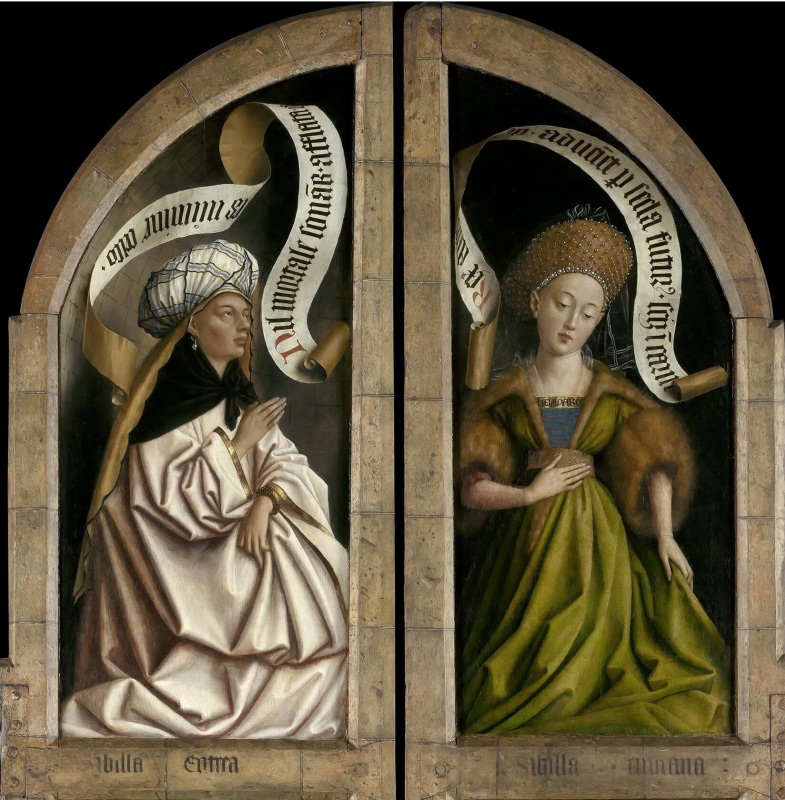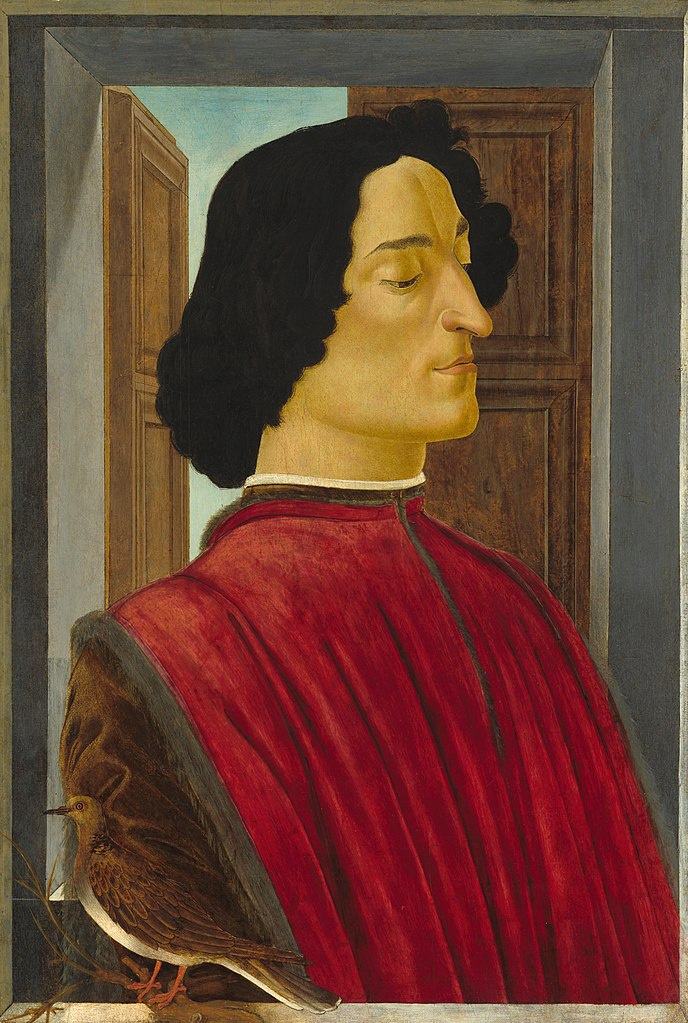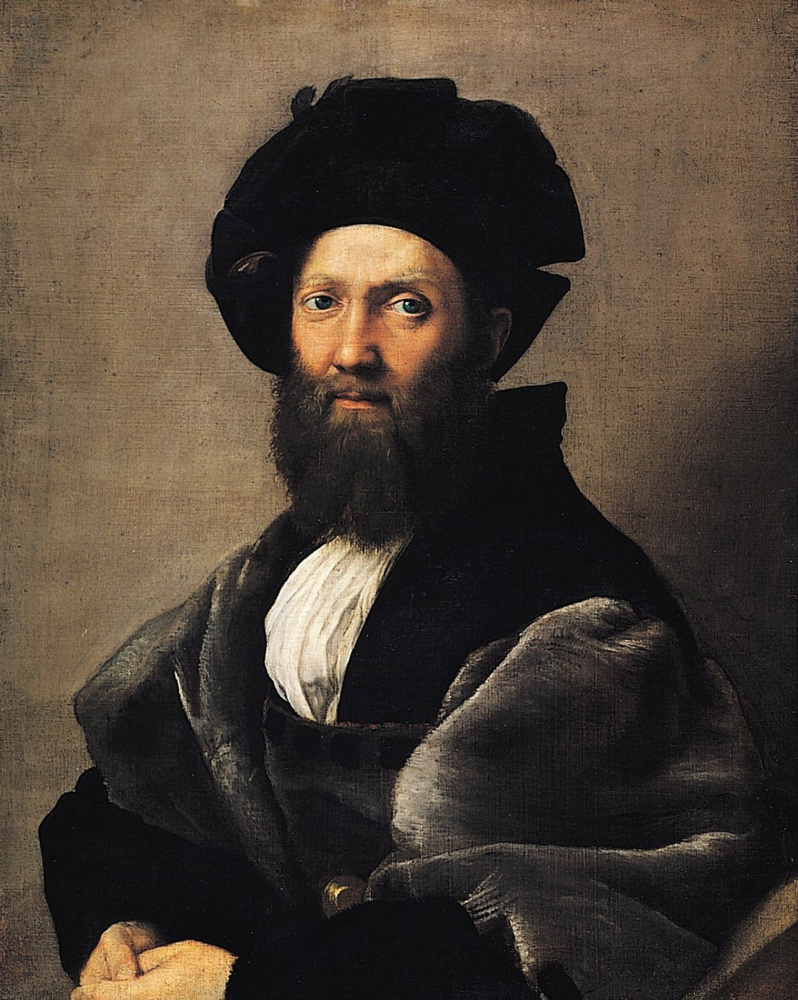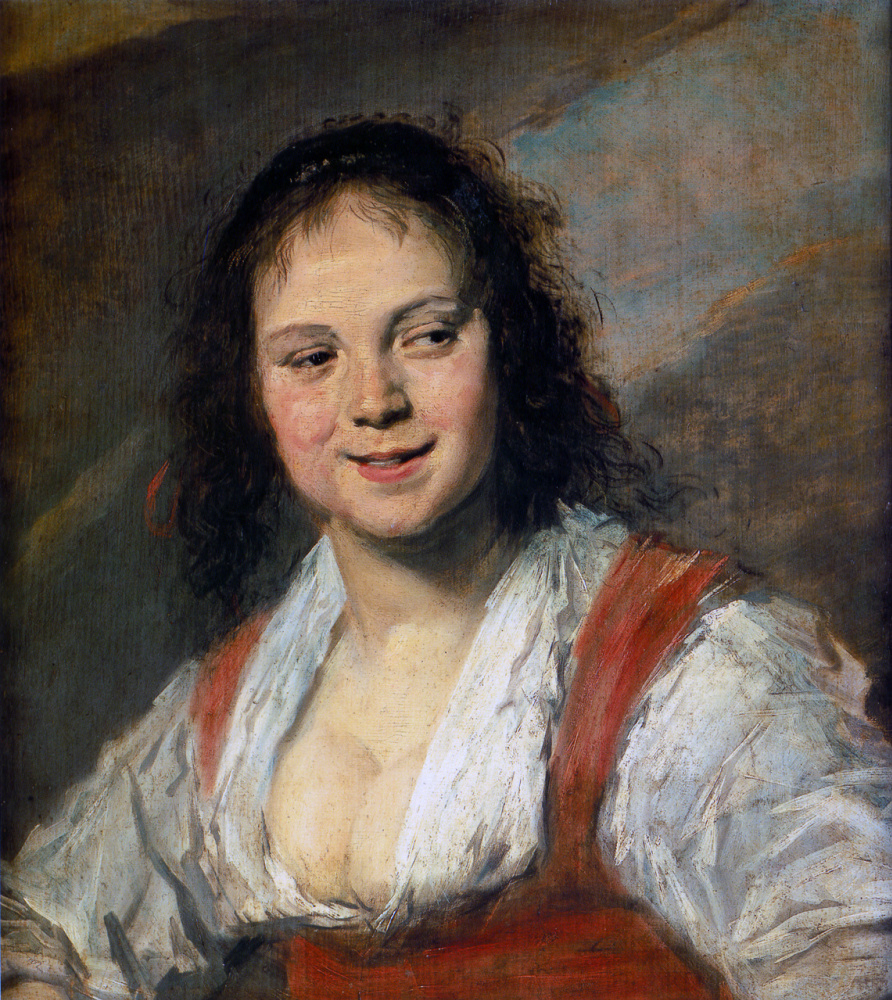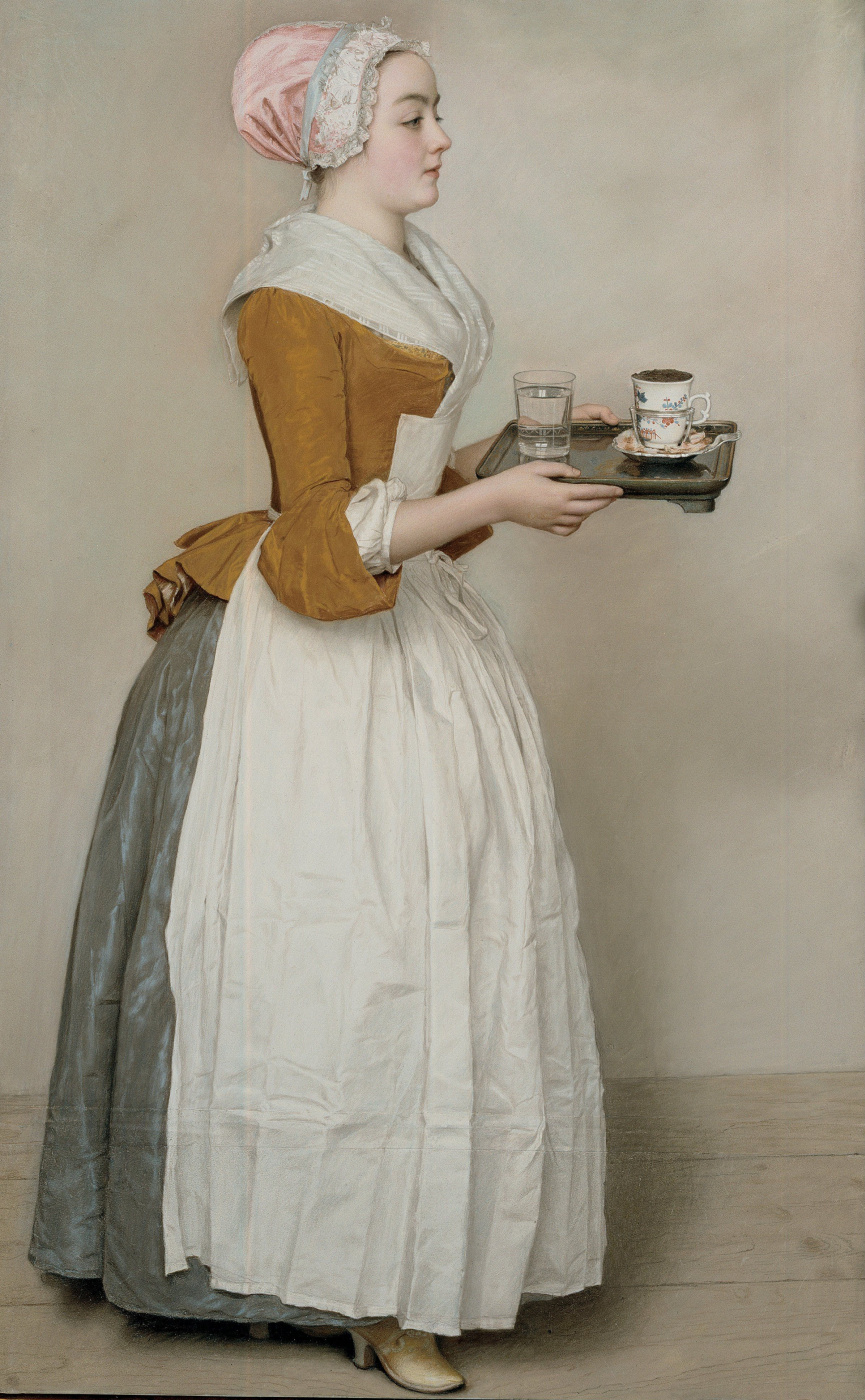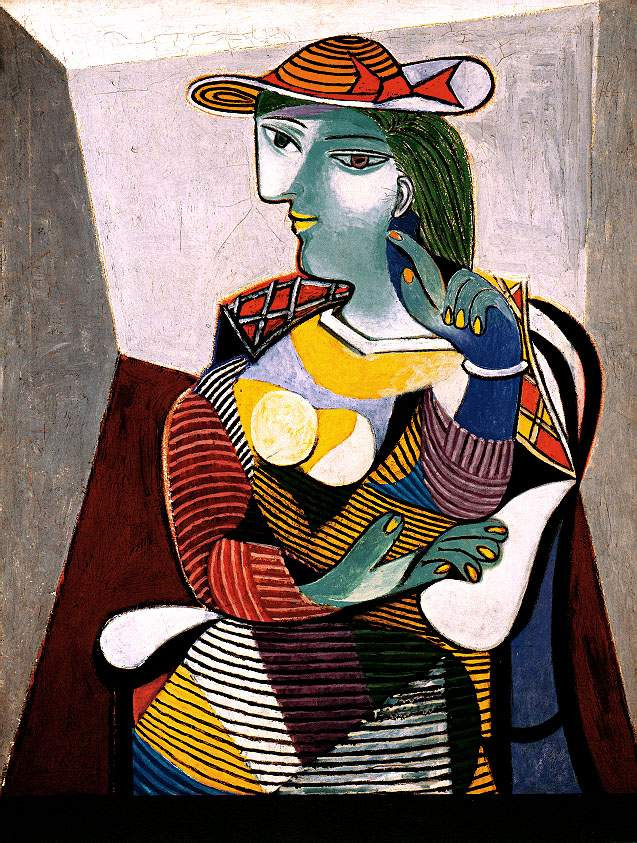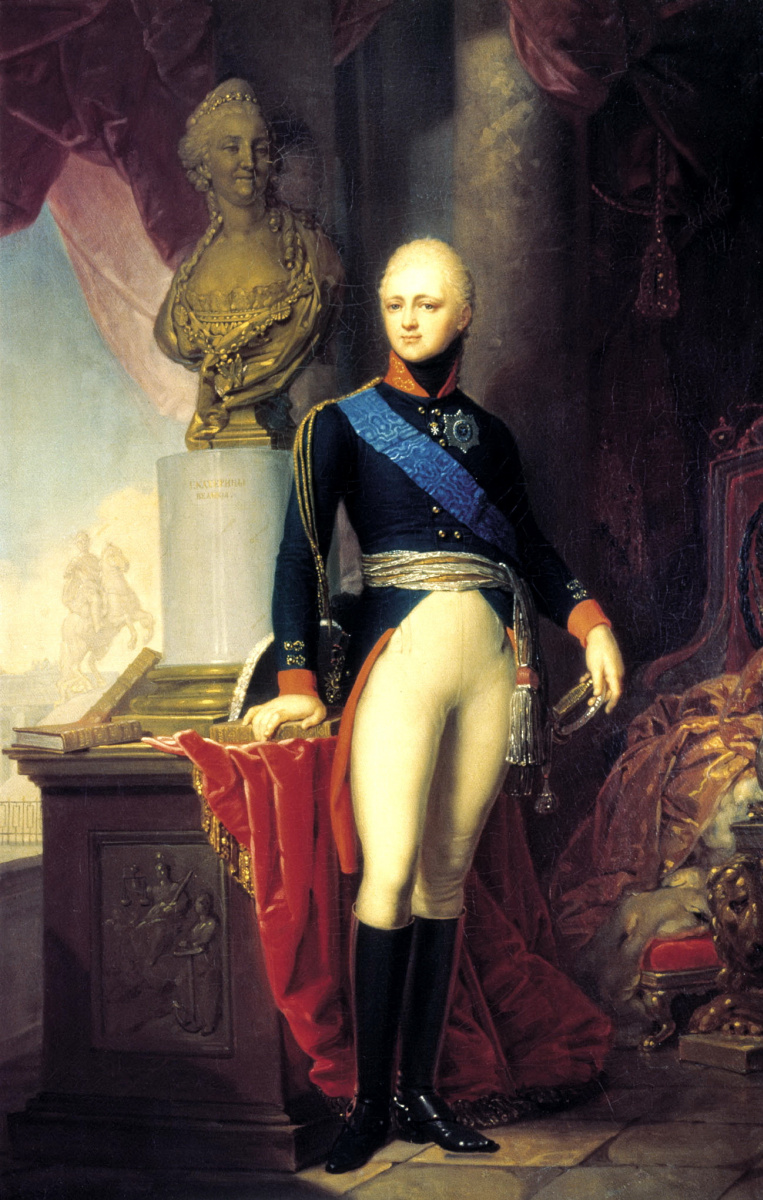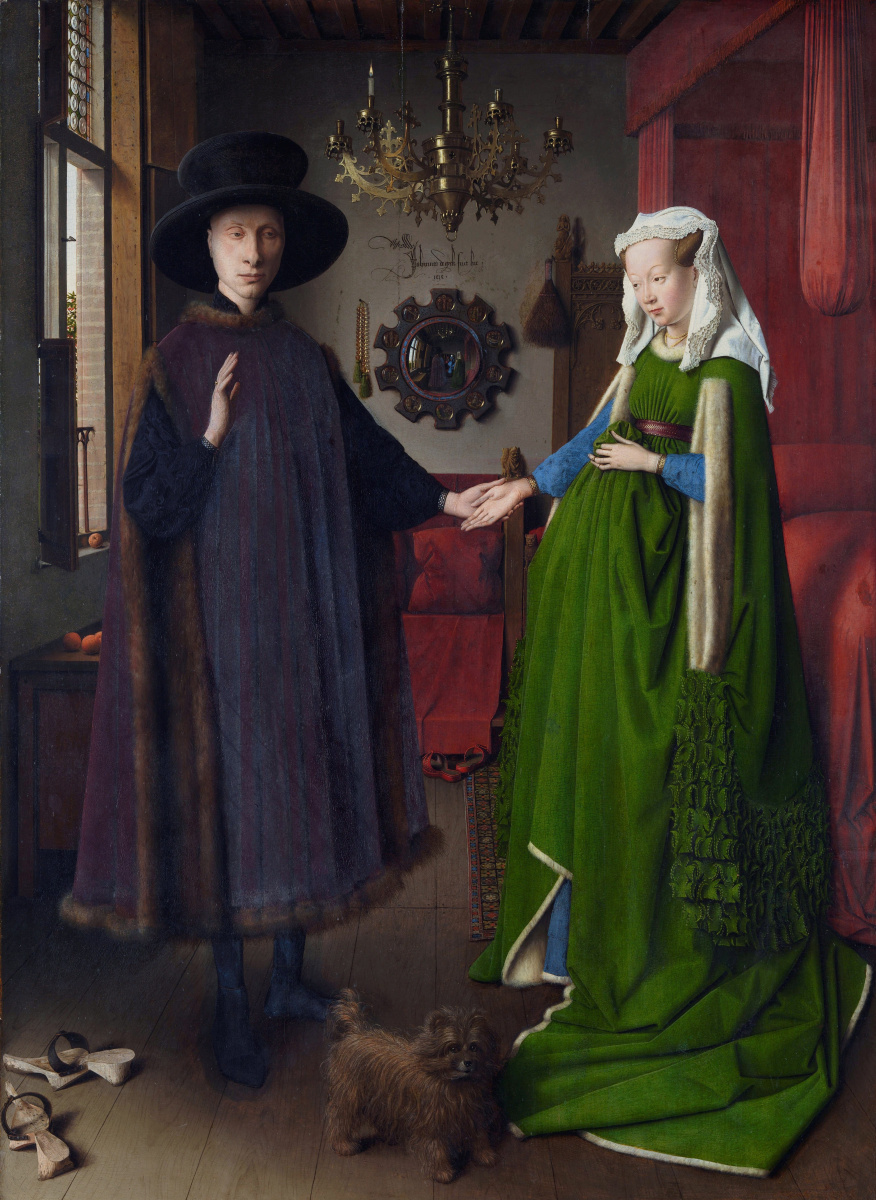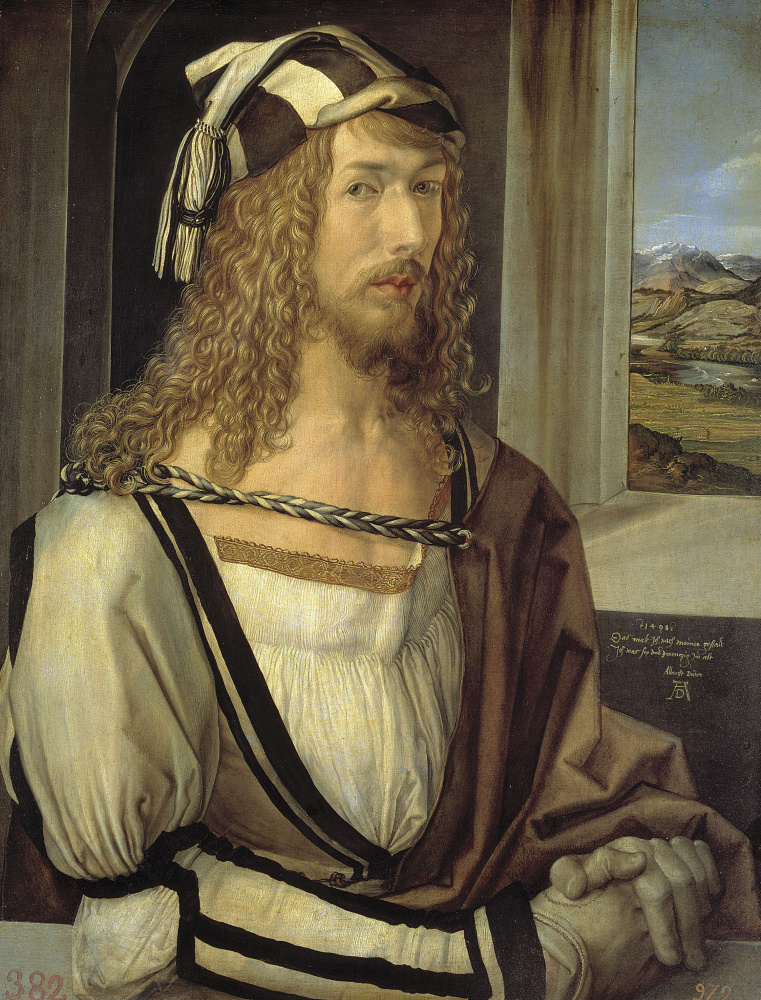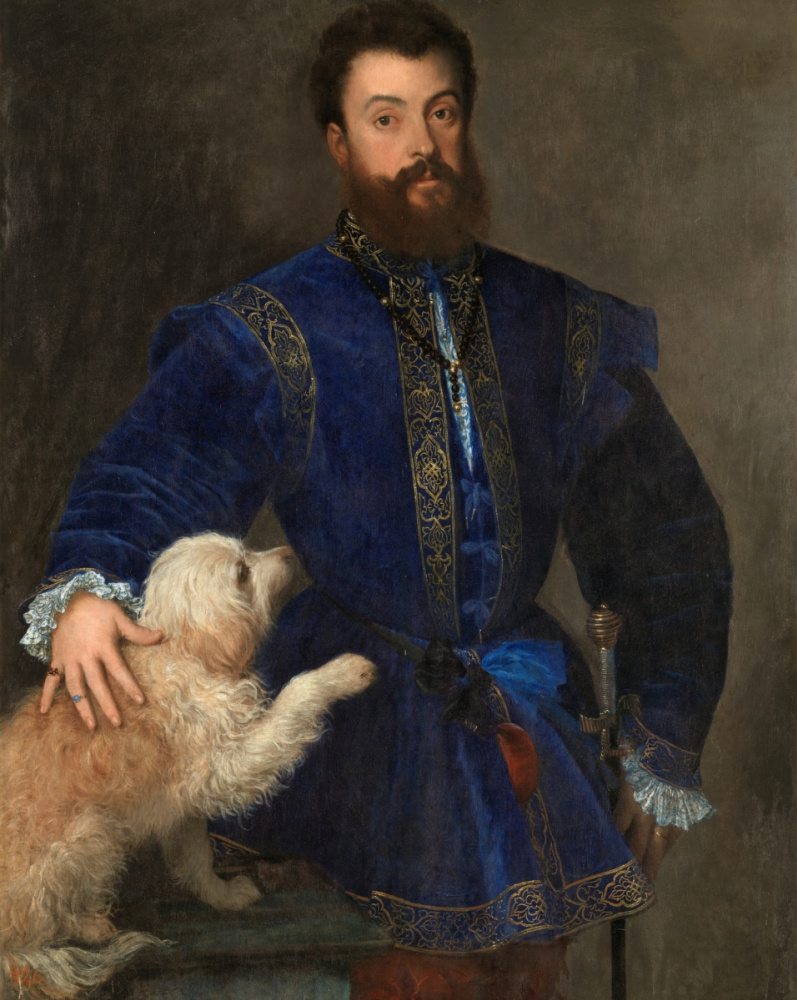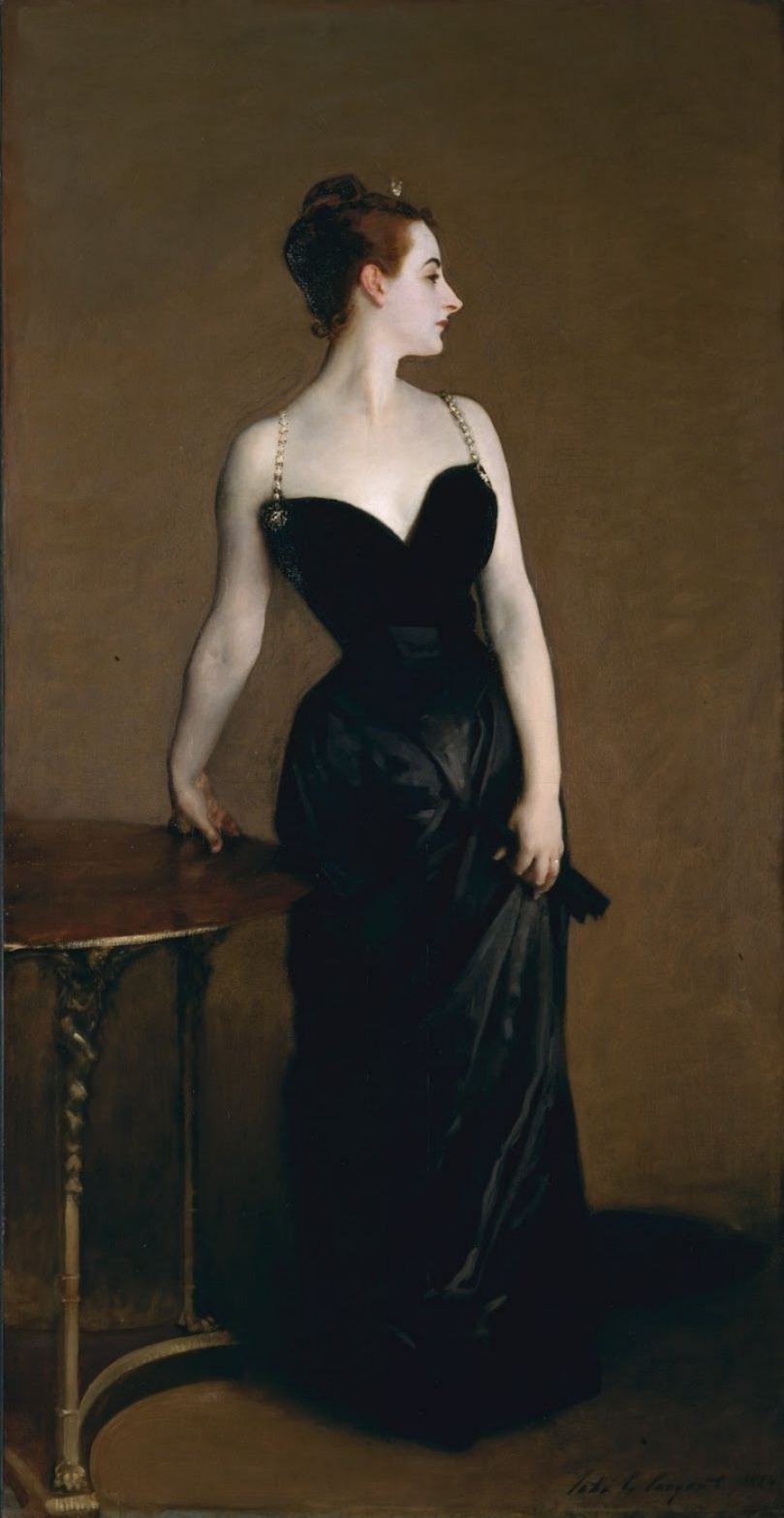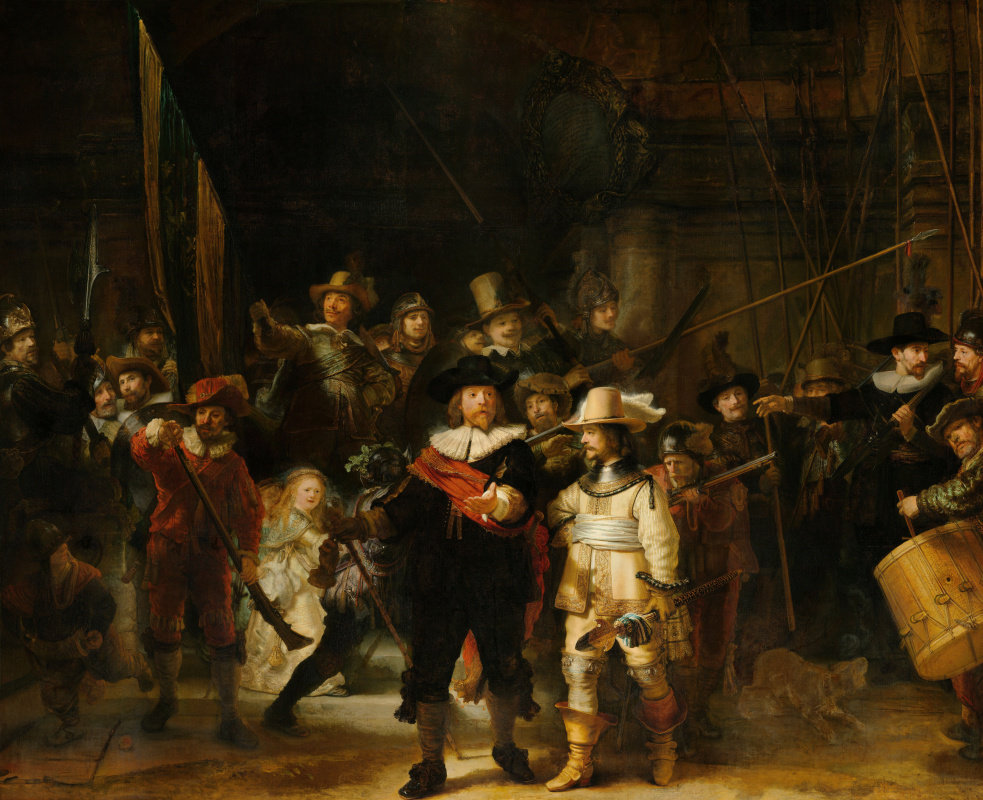Portrait is a painting genre depicting a real-life person or a group of people. The word 'portrait' originated from the French word 'portraire', which in turn developed from the French phrase 'trait pour trait', meaning ‘line after line', as a description of the action and creation of the portrait. But even better the essence of the phenomenon is reflected in the outdated name of portrait — ‘parsuna', from the Latin ‘persona', that is, personality.
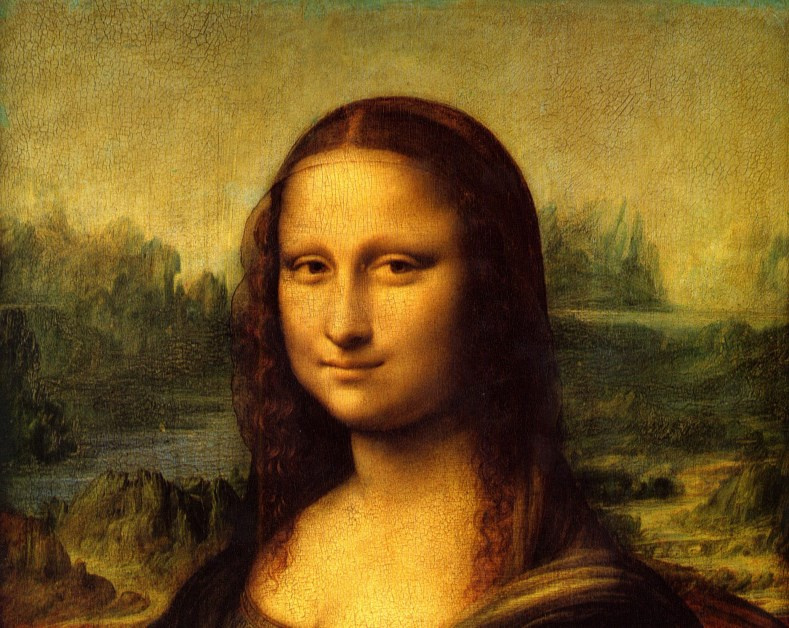
The origin of the term "portrait"
The Frenchman André Félibien (1619 — 1695), the official court historian to Louis XIV, was the first one who suggested that the term "portrait" be reserved exclusively for likenesses of human beings, drawing clear distinctions between humans and animals or plants.The origin of portrait painting
People tried to portray their own kind tens of thousands of years ago. The oldest one may be considered a drawing discovered in France, on the wall of the cave Vilhonneur grotto near Angoulême. The portraitist, who lived about 27 thousand years ago, noticed a resemblance of the curves of the cave’s wall with a human face and tried to strengthen it with chalk lines that emphasized the eyes, mouth and nose.Images of people closest to modern interpretation were inherent in the ancient Egyptian sculpture. Portrait painting was part of a religious cult on a par with the practice of mummification. Images of the dead copied the appearance of people during their lifetime. They were placed in tombs, depicted on sarcophagi and installed in temples in the form of sculptures. The most famous portraitist of ancient Egypt is considered to be the sculptor Thutmose, the author of the famous portrait of Queen Nefertiti.

Thutmose’s workshop. The Nefertiti Bust
Currently on display in the Neues Museum, Berlin. Circa 1351—1334 B.C. Source: Википедия
Currently on display in the Neues Museum, Berlin. Circa 1351—1334 B.C. Source: Википедия
Also on Arthive: Fayum Mummy Portraits
The Greeks didn’t make portraits until the 5th century BC: they feared that realistic images denied equality among citizens and contributed to the development of vanity. It was during the reign of Alexander the Great when the sculptor Lysippos started depicting faces from nature, paying attention to the individual characteristics of the person being portrayed. The Romans contributed to the development of the genre by adding a new kind of sculptural portrait — bust, and also increased attention to the image of a particular person, moving from idealization to personalization. By making death masks, characteristic of cultural customs, the Roman artists gained a great experience in the anatomical and naturalistic concept of depicting human faces. It is Roman portrait sculpture that is considered one of the most realistic types of portraits in the history of fine art.
In Christian Europe, such painting didn’t actually develop for the first ten centuries. People of art had to follow strict Church canons, therefore the rare portraits of that period were simplistic images. In the Middle Ages, the faces of saints and other characters in the paintings were sometimes given features of real people. It was only in the 10th century when the artists began demonstrating increasing interest to this genre, which was expressed mainly in the images of the rulers and their families. However, the compositions on religious subjects also included characters with real prototypes — usually those were people, commissioning works for churches and cathedrals.
Portrait Of Giuliano De ' Medici
1480, 75×52 cm
At the end of the 14th century, the splendor of the royal court of France lead to the heyday of the genre of portrait painting, which was given new life in the Renaissance
. This was greatly facilitated by the introduction of oil painting techniques. Masters of the High Renaissance
finally moved away from the religious component of portrait depicting, focusing on people portrayed and their rich inner world. It was during this period that the most famous portrait of a woman was created — Mona Lisa by da Vinci,
and Raphael painted the most famous picture of a man — his friend Baldassare Castiglione.
and Raphael painted the most famous picture of a man — his friend Baldassare Castiglione.
Portrait of count Baldassare Castiglione
1515, 82×67 cm
With the advent of Mannerism, portrait lost its sharpness, and the next wave of the genre’s golden age was associated with the artists of the Flemish and Dutch schools. In search of new meanings, artists started painting not high-ranking people but those of simple origin; fishermen, traders, gypsies and beggars became the new characters of portraits-types. Ceremonial portraits were widespread. People of art began to attach great importance not only to the facial expression, but also to the pose of the people portrayed; there appeared movement in the portraits, which added to the impression made on the audience.
The Gypsy Girl
1630, 58×52 cm
By the beginning of the 18th century portrait painting was what you call "overregulated " - the images became too soggy, idealized and mannered. Moreover, academism
relegated portrait painting to the "low" genres — as opposed to" the "high" ones — those of history and mythology. Artists often flattered their models; much attention was paid to clothes, hairstyles and jewelry. The poses were static and
ceremonial, the faces were imperious and devoid of inner feelings.
The situation remained the same until the end of the 18th century. The ideals of humanism of the Enlightenment caused progress in portraits; the art comes round to painting people of different social types, the invention of pastel technique lead to moving away from the lush background images.
ceremonial, the faces were imperious and devoid of inner feelings.
The situation remained the same until the end of the 18th century. The ideals of humanism of the Enlightenment caused progress in portraits; the art comes round to painting people of different social types, the invention of pastel technique lead to moving away from the lush background images.
The Chocolate Girl
1745, 82.5×52.5 cm
Classicism
further simplified the background pomposity of portrait depicting, and the subsequent romanticism
contributed to the implementation of realistic concepts. From the middle of the 19th century, realism
was finally established in the genre of portrait painting. In the future, the latest trends in painting — impressionism
, modernism
and abstractionism — would refract the ideas of portrait painting through their inherent concepts.
Portrait Of Marie-Therese Walter
1937, 100×81 cm
The background of a portrait
As we know, the retinue plays the king. The classic background of the portraits included draperies and columns. The richer, more diverse and detailed the background — the higher the status of the person portrayed. Very often the background served not only as an artistic, but also as a semantic framing of the portrait, providing the viewer with additional meanings and communicating a certain mood.
Portrait Of Alexander I
1810-th
, 59×41 cm
Subgenres and types of portraits
A portrait can depict a person in multiple ways and situations. There are historical portraits, fancy-dress portraits, posthumous portraits, family portraits, portrait-type portraits (a collective image), etc.Often there is more than one person in the portrait: according to the number of people depicted, portraits are divided into individual, double and group ones.
The Arnolfini portrait
1434, 82×60 cm
Pendant portraits are painted on separate canvases, sharing the same size and background.
Pairs of portraits of married couples are one common form.
Pairs of portraits of married couples are one common form.
The portraits of merchant Marten Soolmans and his wife-to-be, Oopjen Coppit date back to around 1634 They were painted for the couple’s wedding. The couple were neighbors of Rembrandt, who at that time was already considered a "fashionable" painter in the city. In 2016, two paintings by Rembrandt van Rijn were acquired by France and the Netherlands for 160 million euros as a result of an
unprecedented in history joint business deal. The works are in turn on display at the Louvre and the Rijksmuseum.
unprecedented in history joint business deal. The works are in turn on display at the Louvre and the Rijksmuseum.
Portraits are also distinguished by composition: bust (or head-and-shoulders) portraits, kit-cat portraits (slightly less than the half-length portraits, always include the person’s hands in the picture), half-length portraits (display the upper body — up from the waist), three-quarter length portraits (depict the personas far as to their knees), full-length portraits (depict the person’s full body — head to toe).
According to the pose, there are full-face (or en-face, meaning "facing forward") portraits, half-turn portraits, three-quarter portraits and profile portraits.
According to the character of depiction the portraits are divided into ceremonial and chamber ones.
One of the types of a chamber portrait is an intimate portrait in which the art author, the portraitist conveys personal relationships with the model depicted.
Self-portrait is as a separate sub-genre of portrait, when the man of art portrays himself as a model.
According to the pose, there are full-face (or en-face, meaning "facing forward") portraits, half-turn portraits, three-quarter portraits and profile portraits.
According to the character of depiction the portraits are divided into ceremonial and chamber ones.
One of the types of a chamber portrait is an intimate portrait in which the art author, the portraitist conveys personal relationships with the model depicted.
Self-portrait is as a separate sub-genre of portrait, when the man of art portrays himself as a model.
Self-portrait
1498, 41×52 cm
Famous portrait painters
Tommaso Macaccio, Domenico Veneziano, Sandro Botticelli, Leonardo da Vinci, Rafael Santi, Tiziano Vecellio, Jacopo Tintoretto, Jan van Eyck, Albrecht Durer, Hans Holbein the Younger, El Greco, Diego Velazquez, Frans Hals, Rembrandt van Rijn, Anthony van Dyck, Peter Paul Rubens, Jean-Honore Fragonard, Antoine Watteau, Thomas Lawrence, Thomas Gainsborough, Francisco Goya, Dmitry Levitsky, Vladimir Borovikovsky, Valentin Serov, Franz Xavier Winterhalter, Elisabeth Vigee-Le Brun, Jean-Etienne Liotard, John Singer Sargent, Oleksandr Murashko.
Portrait of Federico II Gonzaga, Duke of Mantua
1529, 125×99 cm
Madame X (Madame Gautreau)
1884, 208.6×109.9 cm
Significant portraits
The Night Watch by Rembrandt; Mona Lisa by Leonardo da Vinci, The Arnolfini Portrait by Jan van Eyck, Self-Portrait by Albrecht Durer; Las Meninas by Diego Velazquez; Portrait of Maria Lopukhina by Vladimir Borovikovsky; Portrait of the Composer Modest Musorgsky by Ilya Repin; Female Student by Nikolay Yaroshenko.You are an expert if you know that Fayum mummy portraits are funerary panel paintings, which
replaced the death masks in the territory of Roman Egypt in theI—III centuries AD.
You are a layman if you think that the images of ancient saints belong to the genre of portrait painting.
They are called icons, because they are the idealizing generalizing images.
replaced the death masks in the territory of Roman Egypt in the
You are a layman if you think that the images of ancient saints belong to the genre of portrait painting.
They are called icons, because they are the idealizing generalizing images.






